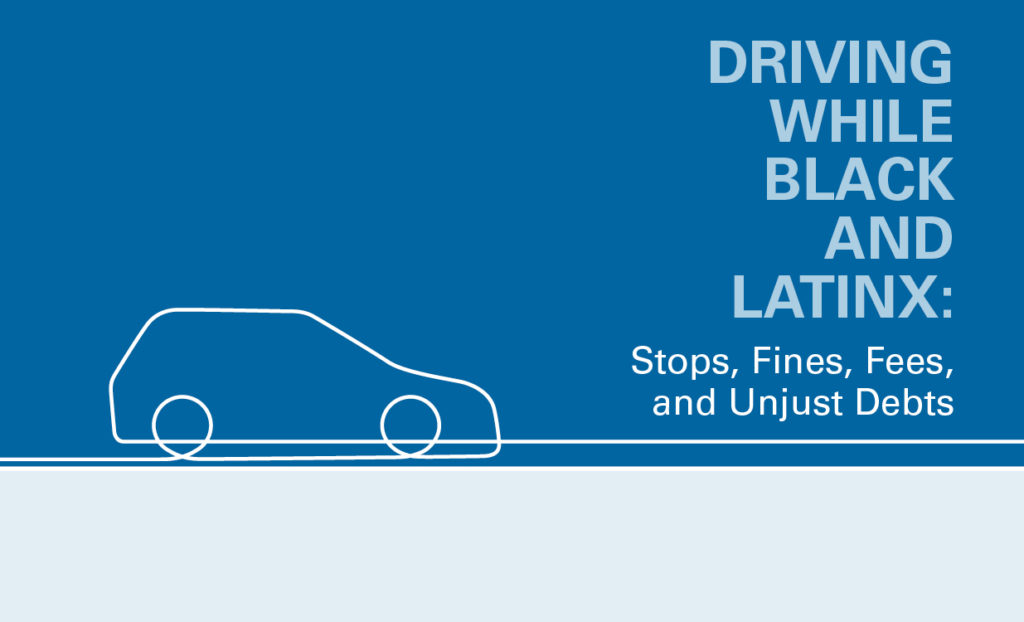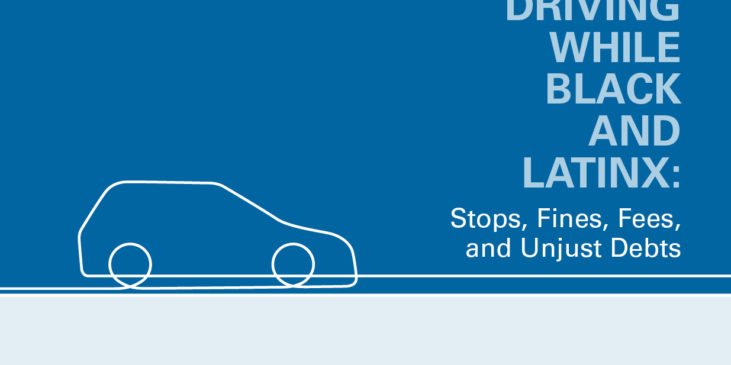
Act Ends License Suspensions for People Who Can’t Afford Traffic Ticket Payments
In February 2020, NYLS’s Racial Justice Project Published an Influential Report on the Stark Racial Disparities in Traffic Enforcement Across New York
New York, NY (July 22, 2020) – The Racial Justice Project New York Law School (NYLS) praised the New York Legislature’s passage of the Driver’s License Suspension Reform Act. The Act ends New York’s widespread practice of suspending driver’s licenses for nonpayments of traffic tickets, which disproportionately harms communities of color.
In a powerful February 2020 report, NYLS’s Racial Justice Project demonstrated that New Yorkers of color are disproportionately stopped, ticketed, arrested, charged, and convicted for traffic violations and driving on a suspended license.
“I applaud state lawmakers for their efforts to repair New York’s broken driver’s license suspension system,” said Professor Alvin Bragg, Co-Director of NYLS’s Racial Justice Project. “Every year, thousands of New Yorkers have their driver’s licenses suspended—not because they are unsafe drivers, but simply because they cannot afford to pay traffic fines and fees. This burden unfairly falls on communities of color, fueling economic disparities and mass incarceration.”
The report notes that between January 2016 and April 2018, New York issued nearly 1.7 million driver’s license suspensions for not paying traffic tickets or not appearing to contest them. The driver’s license suspension rate in the 10 New York City ZIP codes with the highest concentrations of people of color was 2.5 times higher than in the ZIP codes with the most concentrated white populations. Outside of New York City, the suspension rate in the 10 ZIP codes with the highest concentrations of people of color was 4 times higher than in the 10 ZIP codes with the most concentrated white populations. Read the full report.

